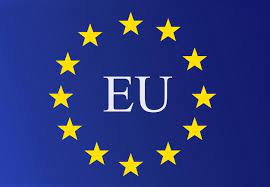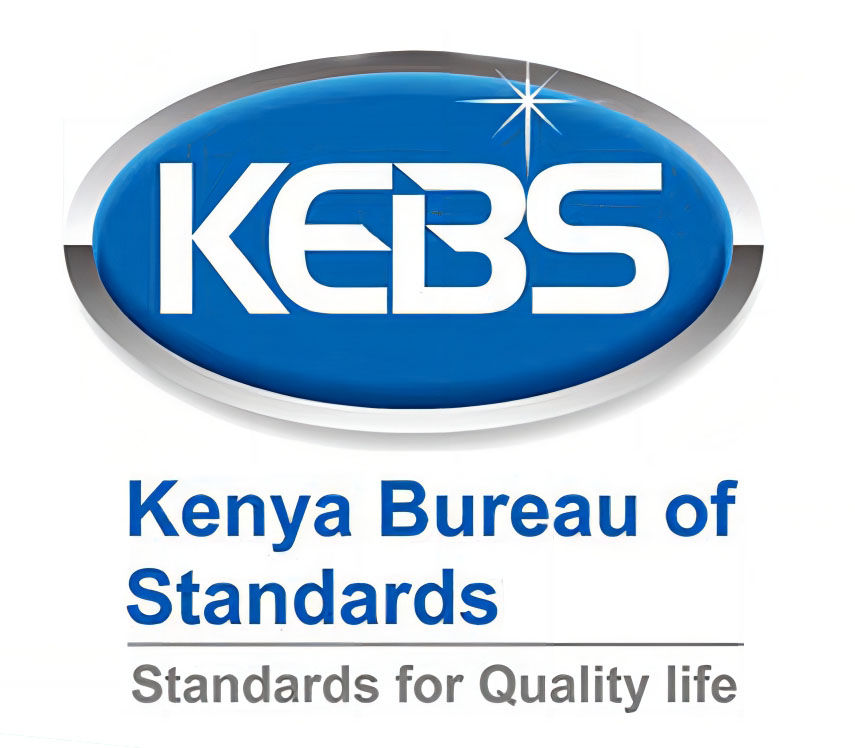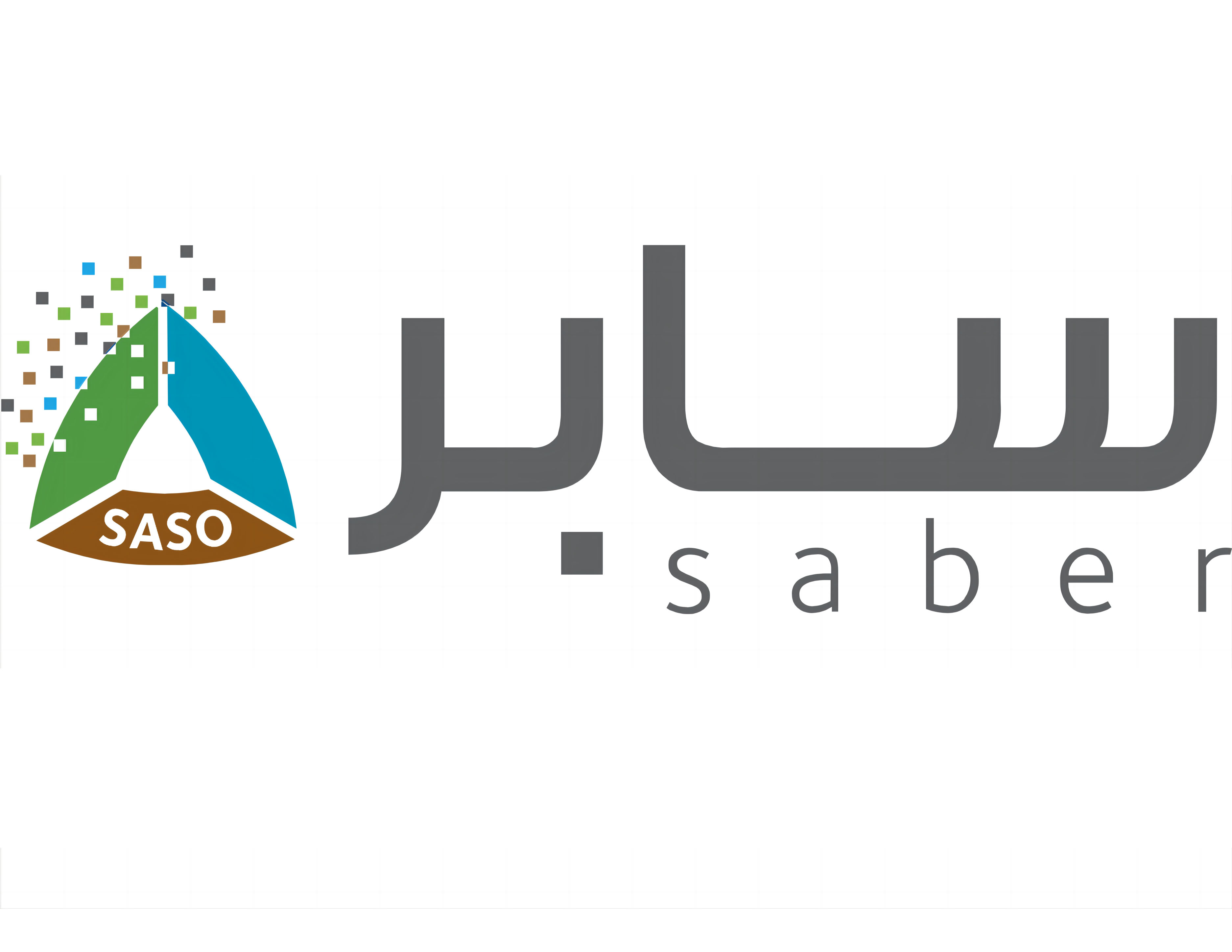Coverage products
Assess all regulated imported products for compliance with Cameroonian standards.
List of commodities regulated by Cameroon’s CoC scheme:
Category 1: toys and sporting goods;
Category 2: Electronic and electrical products;
Category 3: Automobiles;
Category 4: Chemicals;
Category 5: Mechanical materials and gas supplies;
Category 6: Paper and stationery;
Category 7: Furniture (wooden and metal products);
Class 8: Textile, leather, plastic and rubber products;
Category 9: Safety (personal protection) equipment;
Category 10: Food;
Category 11: Second-hand products;
Category 12: Fuel products.
List of goods exempted from Cameroon’s CoC scheme:
Category 1: personal belongings and belongings;
Category 2: Gems and precious metals;
Category 3: Artwork;
Category 4: Explosives and pyrotechnics;
Category 5: Weapons, ammunition and war equipment;
Category 6: Animal daily necessities;
Category 7: Contemporary newspapers and periodicals;
Category 8: Non-commercial parcels and commercial samples
Category 9: Donations from foreign governments or international organization foundations, welfare institutions and charitable organizations;
Category 10: Gifts and supplies for the own use of consular and diplomatic missions or organizations sponsored by the United Nations.
Certification steps
Exporters should submit the following documents:
(1) Certified application form (indicating that the point of entry is Cameroon);
(2) Proforma invoice;
(3) Quality management system certification certificate;
(4) Integrate documents (test reports, quality certificates, analysis reports, etc.);
(5) Final invoice (CoC needs to be issued);
To obtain a certificate of compliance with all standards or technical requirements, goods must undergo one or any combination of the following verification processes:
(1) Physical inspection;
(2) Laboratory testing;
1. An accredited laboratory with specific product testing standard ISO/IEC 17025 testing qualifications.
2. (a) The manufacturer’s laboratory provides testing witnessed by certification service provider personnel; or (b) The manufacturer’s laboratory provides the following information:
—The manufacturer has a complete quality management system;
—The manufacturer provides a list of his laboratory equipment and last calibration records.
(3) Factory audit;
(4) Verify documents.
After the verification process is completed and the results are satisfactory, the exporter must submit the final invoice (except air freight, express and freight charges from nearby countries) to obtain the CoC certificate
 English
English Chinese
Chinese Arabic
Arabic HANGZHOU BELLTEST TECHNOLOGY CO.LTD
HANGZHOU BELLTEST TECHNOLOGY CO.LTD






